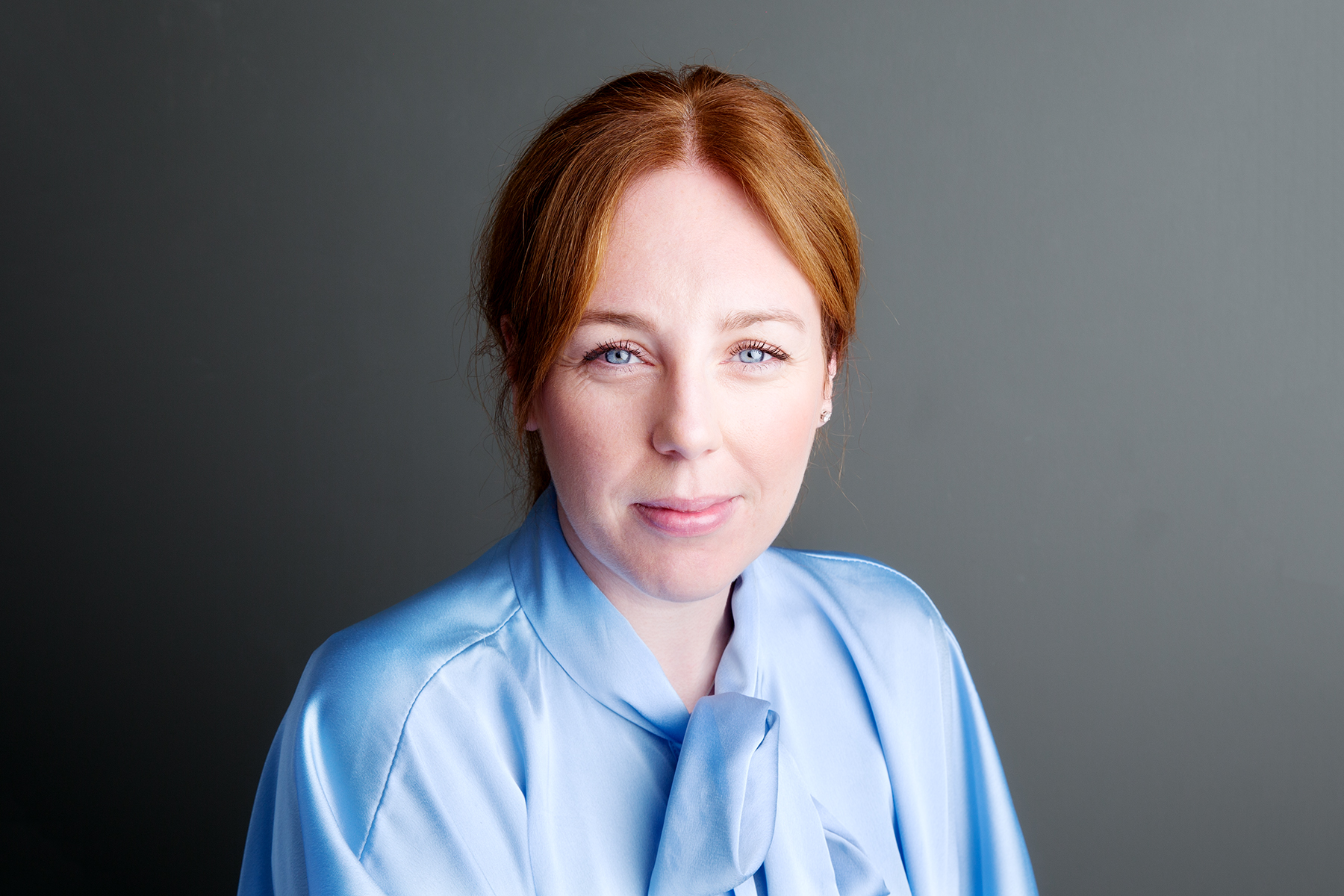Childbearing And Choice: The Shift In Britain’s Families
Published on 28 January, 2022 | Katie Welton-Dillon

In many respects, the world in which we live in today is drastically different to the one that our parents were familiar with when they were growing up.
It’s tempting to think of such change solely in terms of the technology which we use every day and even the way in which cities immediately around us or the environment much further afield actually look.
Yet subtle but significant change is also taking place within our homes.
The Office for National Statistics (ONS) has just published data about childbearing in England and Wales (https://www.ons.gov.uk/peoplepopulationandcommunity/birthsdeathsandmarriages/conceptionandfertilityrates/bulletins/childbearingforwomenbornindifferentyearsenglandandwales/2020).
Some of the key findings relate to women born in 1975.
The statistics reveal that these women were commonly giving birth to their first child at an older age than their mothers (at 31 compared to 22 years of age) and had fewer children too.
However, the study also demonstrated that half of women born in 1990 remained childless by their 30th birthday – the first time that this has occurred.
Even so, the proportion of women (18 per cent) who never have children has remained constant since the late 1950s, leading the ONS to conclude that “women are delaying childbearing rather than not having children”.
That comment hints at broader societal shifts which have impacted on how women and their partners now view family life.
It’s not as though people have necessarily turned their backs on living together. According to data released just before Christmas, just under two-thirds of the population in England and Wales aged 16 or over is part of a couple (https://www.ons.gov.uk/peoplepopulationandcommunity/populationandmigration/populationestimates/bulletins/populationestimatesbymaritalstatusandlivingarrangements/2020).
What I believe that we’re seeing is that individuals perhaps want to experience more of life, something which becomes more difficult once children have been born.
That much is indicated by ONS’ figures showing that the average age at which people marry has been steadily increasing since the 1970s (https://www.ons.gov.uk/peoplepopulationandcommunity/birthsdeathsandmarriages/marriagecohabitationandcivilpartnerships/bulletins/marriagesinenglandandwalesprovisional/2018#age-at-marriage).
As well as perhaps starting careers, young men and women are only too well aware of the economic consequences of family life.
A 10.2 per cent increase in the cost of a home over the course of the 12 months to October last year drove the average house price above £268,000 (https://www.gov.uk/government/news/uk-house-price-index-for-october-2021).
Once they have a roof over their heads, couples also need to take the sums involved in raising a child into account.
For instance, the Child Poverty Action Group (CPAG) issued figures in December showing that the average “basic cost” incurred by lone parents from birth until a child turns 18 topped £185,000 when housing and childcare costs are included (https://cpag.org.uk/policy-and-campaigns/cost-child).
Influenced by a variety of pressure groups and commentators such as the naturalist and broadcaster Sir David Attenborough, (https://populationmatters.org/?gclid=CjwKCAjw06LZBRBNEiwA2vgMVUJpAqts9A5_RcN_D46na7I3zzvvCzLO8zxZO1umGIihonV4YVqgQRoCzEcQAvD_BwE), an increasing number of couples are also making a conscious decision about whether to have children out of a desire to limit the strain which a growing population has on the planet’s natural resources.
Among the changes which the latest ONS figures illustrate that we’re seeing in society is one which is revealed rather more inadvertently.
One of the reasons for focusing on the patterns of childbearing evidenced by women who were born in 1975 is that they “completed their childbearing years in 2020”.
Since they themselves were born, medical advances have enabled women’s thinking to overcome pressures to have children in their twenties or thirties.
Science may, therefore, be another contributory factor in women giving birth later than their predecessors.
It perhaps also highlights how the idea of the ONS even using notional ‘expiry dates’ in relation to women’s fertility needs to be subjected to revision themselves.